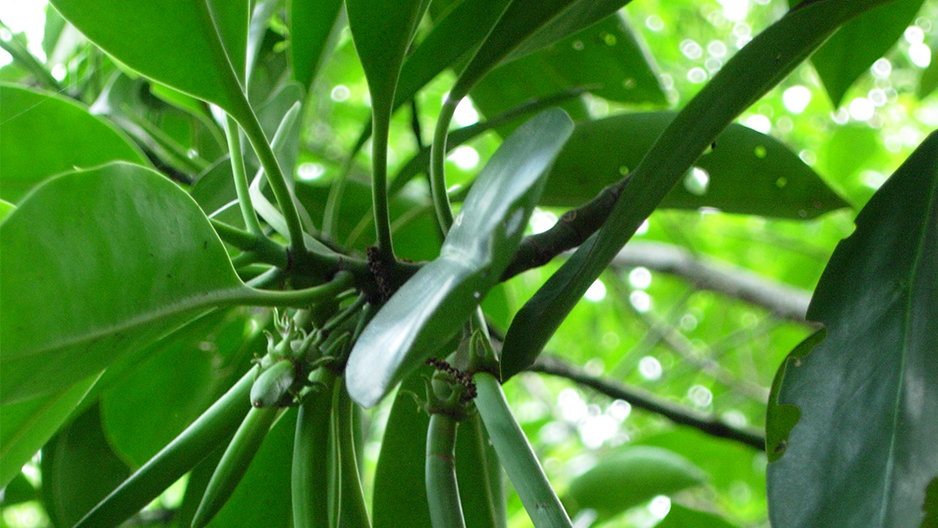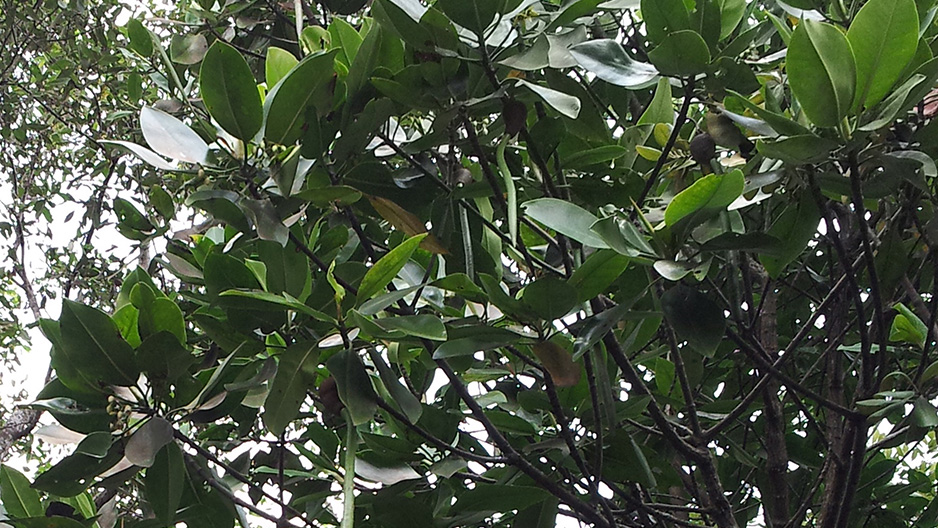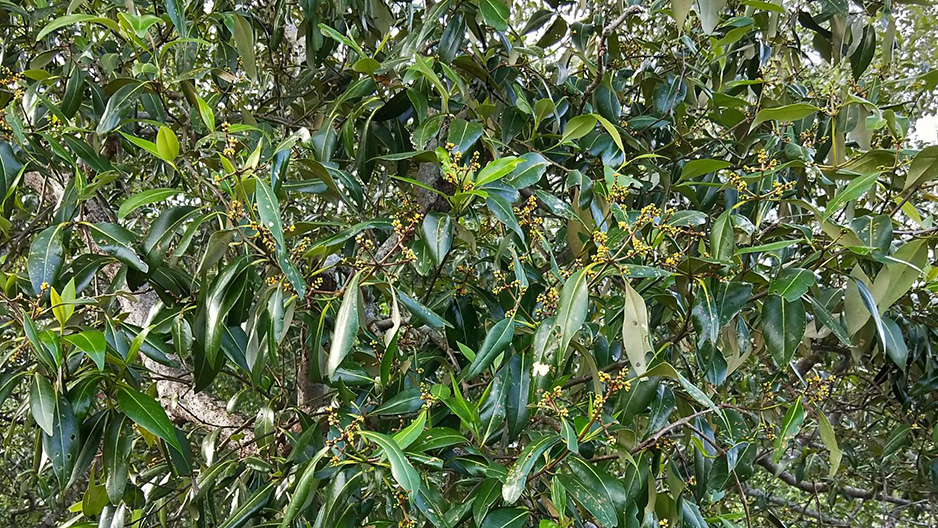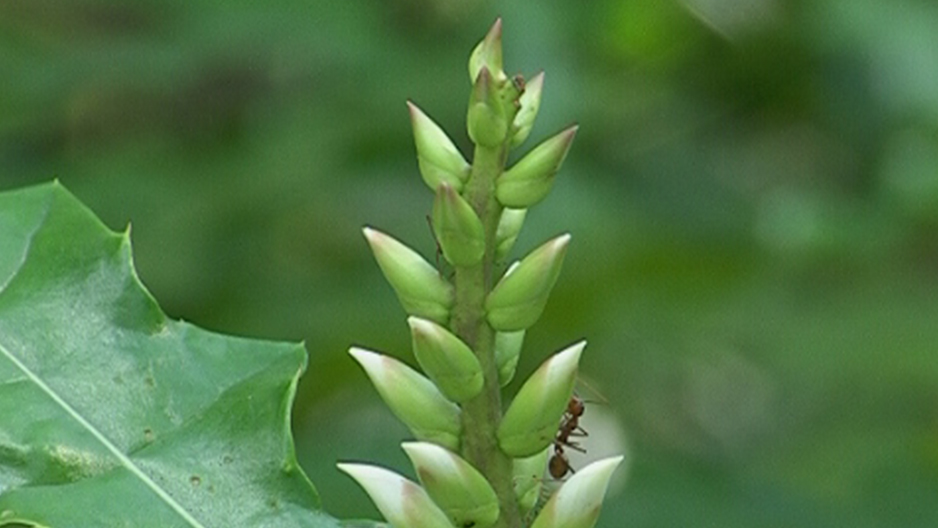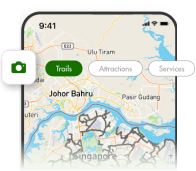About the Reserve's mangrove plants
Find out more about the mangrove plant species you can spot during your visit:
Name of plant | Description |
|---|
Api-api Putih
| "Api Api" means "fire fire" or "firefly" in Malay, as some species are known to attract fireflies. "Putih" means white in Malay, as the underside of the leaf is white. Api Api Putih has a lateral root system that grows horizontally just below the surface of the mud. Pencil-like breathing roots stick vertically out of the muddy soil to take in oxygen. Not only do the roots take in water and nutrients, they also serve to stabilise the tree by anchoring it securely into the mud. |
Mangrove Apple
| This critically endangered native tree can grow up to 20 metres tall. It is known to attract fireflies, which flock to the tree and flash synchronously at night. This tree has thick, conical roots that emerge vertically from the ground and can grow up to 1 metre tall. When dried, the roots can be used as corks or fishing floats. |
Bakau Minyak | "Minyak" means "oil" in Malay. This tree has an extensive set of prop roots that help to disperse tidal wave energy and protect the shoreline and surrounding areas. The roots provide shelter and serve as a nursery for young animals such as fish, shells, and crustaceans. Some fishermen plant these trees along their fish ponds to protect dikes and bunds from waves and erosion. The tree anchors itself into the soft mud through its prop roots, which it also uses to absorb nutrients, oxygen and water. You may see aerial roots dangling down from branches above. |
Bakau Putih | The leaves of this tree are the primary food source for caterpillars of the Brown Tussock Moth. The pneumatophores, or breathing roots, protrude from the soil in knee-shaped loops. Oxygen and other gases pass through lenticels, which are porous tissues that allow the exchange of gases. These lenticels can also be seen on the tree trunks. The widely spread roots stabilise the tree in waterlogged soil. |
Sea Holly | This mangrove shrub is often seen on mud lobster mounds and makes up a large part of the undergrowth within a mangrove forest. |




